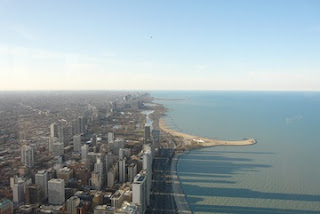Workshop in Texas

I just finished an 8 day workshop in Clarksville, Texas with artist Deborah Paris. It was my second Texas workshop with Deborah and in some ways, even better than last year's. Writing up a workshop is a challenge. First, there's simply no time while you're in the thick of things. You paint all day, enjoy your meals with the other artists and then some of us paint again until bedtime. I had good intentions of taking time to write, reflect and take long walks. That didn't happen. I painted a lot. At this workshop, when I had a spare moment I looked through Deborah's collection of art books. She's got a great library. So I'll take this piece by piece and start by setting the stage. Here we are: the 2011 Texas Workshop group with Deborah Paris. The only person missing is Deborah's husband Steve Whalen. He is a remarkable cook, kept us all well fed and - bonus - is fun to hang out with. Left to right: Deborah Paris , Phoebe Chidress, me , Sara Lubinski



